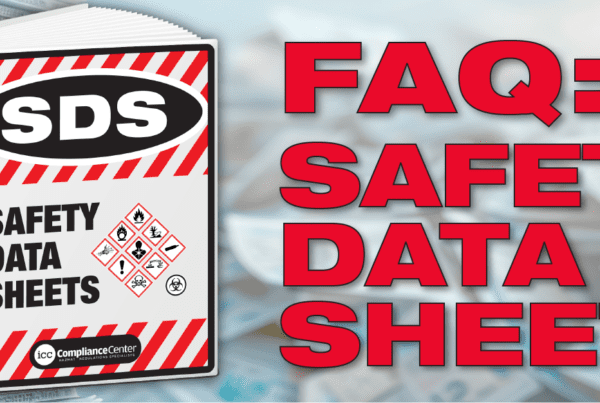Shipping lithium batteries by air? Here are Frequently Asked Questions about the process under the ICAO Technical Instructions and the IATA Dangerous Goods Regulations.
What's the relationship between the IATA Dangerous Goods Regulations and the ICAO Technical Instructions?
The ICAO Technical Instructions for the Safe Transport of Dangerous Goods by Air (ICAO Technical Instructions) are the definitive legal requirements for international air transport. However, the text of these instructions can be quite complex and legalistic. The IATA Dangerous Goods Regulations (DGR) is a “field manual” version of the ICAO Technical Instructions. Written and edited by airline dangerous goods experts, the Dangerous Goods Regulations presents the requirements for shipping dangerous goods by air in a user-friendly, easy to interpret format. It also includes additional information which can assist shippers in making sure their consignments are in compliance and will be accepted quickly and easily by the airlines. Finally, airlines may have their own rules which can be more restrictive than the ICAO Technical Instructions. Following the DGR ensures that you will meet all these rules as well as the legal requirements of the ICAO Technical Instructions.
How do I know if my Lithium batteries meet the requirements of the "UN Manual of Tests and Criteria, Part III, subsection 38.3"?
To ensure your lithium batteries comply with UN 38.3, you need to obtain a test summary from the manufacturer or distributor. This document confirms that the battery design has passed the required tests outlined in the UN Manual of Tests and Criteria, Part III, Subsection 38.3. This document is legally required to be provided on request by customers in the United States for most lithium batteries (see § 173.185(a)(3) ). Even in countries where this is not mandatory, the test summary will usually be obtainable simply by requesting it from the supplier of the battery or device.
How do I safely package lithium batteries for transport?
As dangerous goods (hazardous materials), lithium batteries must be packaged according to the regulations that cover the mode of transport. In the IATA DGR, this is covered in packing instructions 965-970. High powered lithium batteries that are not installed in equipment will usually require UN specification packaging. Batteries in equipment and low-powered batteries will not. However, there are some general rules that apply whether you are using UN specification packaging or not:
1) Batteries not installed in equipment must be placed in inner containers such as boxes, bags or blister packs.
2) Batteries must be packaged to prevent short-circuits and damage such as crushing.
3) Terminals must be protected.
Can I ship recalled, damaged or non-conforming cells or batteries?
Lithium batteries, identified by the manufacturer as being defective for safety reasons, or that have been damaged, that have the potential of producing a dangerous evolution of heat, fire or short circuit are FORBIDDEN for air transport. They may be shipped by ground transport if packaged and identified according to the regulations involved, such as 49 CFR §173.185(f) for the United States or Special Provision 137 of the Transportation of Dangerous Goods Regulations for Canada.






 ICC USA
ICC USA ICC Canada
ICC Canada